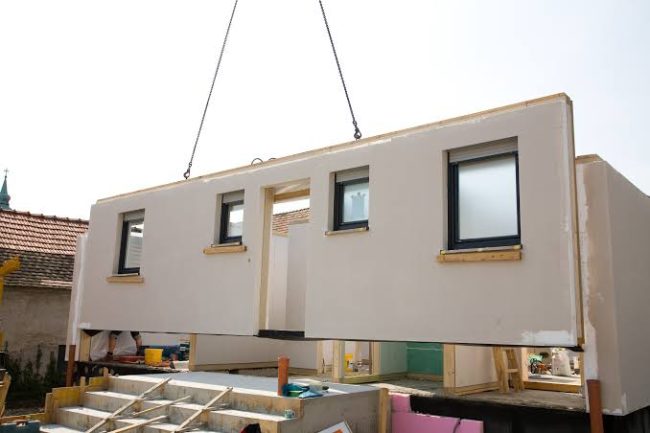Entertainment
5 Questions You Should Ask About Prefab Constructions
5 Questions You Should Ask About Prefabricated Constructions
As the demand for sustainable and affordable housing increases, prefabricated construction has become a popular option for many homeowners. According to the Canadian Home Builders’ Association, Ontario is one of the leading provinces in adopting prefabricated constructions. In 2020, Ontario was responsible for 31% of Canada’s constructions. The rise in popularity is due to the cost and time-saving benefits of prefab buildings Ontario and their ability to minimize waste.
However, before you invest in such a home, there are some questions you should ask to ensure that it’s the right choice for you.
What is the cost of prefabricated constructions compared to traditional construction methods?
When considering the cost, it’s important to remember that the cost can vary depending on the size and design of the home. However, prefabricated structures are often less expensive overall than traditional building methods. This is because a prefab structure involves the mass production of standardized components, which reduces labour costs and the need for on-site construction workers. The components are typically manufactured in a factory setting, so the cost of materials can also be lower. While the upfront cost of a prefab home may be lower than a traditional home, it’s essential to consider the long-term costs, such as maintenance and energy efficiency.
How long does it take to construct a prefabricated home?
A prefab structure is known for its quick build times. Since many components are prefabricated off-site, the construction process can take as little as a few weeks to a few months. According to a report by Prefab Review, the average build time for a prefabricated home is six to nine months, which is significantly faster than traditional construction methods that can take up to a year or more.
What are the environmental benefits of such a structure?
Prefab structure is more sustainable and eco-friendly than traditional construction methods. Since the components are made in a factory setting, less waste is generated during construction. Additionally, such a building uses less energy and water during construction. According to a World Green Building Council report, these buildings can reduce energy consumption by up to 50% and water consumption by up to 90%.
Can I customize my prefabricated home?
One of the common misconceptions about prefab constructions is that the homes are all identical and need more individuality. However, such homes can be customized to fit your specific design preferences. Many reputed manufacturers offer a range of design options, including floor plans, exterior finishes, and interior features. Additionally, since the components are standardized, it’s easier to make changes or additions to the design.
What are the building codes and regulations for prefabricated buildings in Ontario?
While prefab buildings in Ontario are a popular option, it’s vital to ensure that it meets Ontario’s building codes and regulations. Building codes and regulations can vary by region and impact your home’s design, materials, and construction process. Therefore, it’s essential to work with a reputable home manufacturer knowledgeable about the local building codes and regulations to ensure that your home is built safely and to code.
Such construction offers a cost-effective, quick, and eco-friendly alternative to traditional construction methods. By asking the right questions, you can ensure that a prefabricated home is suitable for you and your specific needs. With the growing popularity of these constructions, it’s essential to work with a reputable prefab home manufacturer who can guide you through the process and ensure that your home is built to meet local building codes and regulations.




You must be logged in to post a comment logged in Login